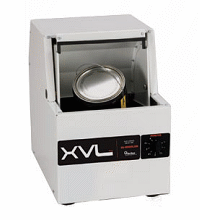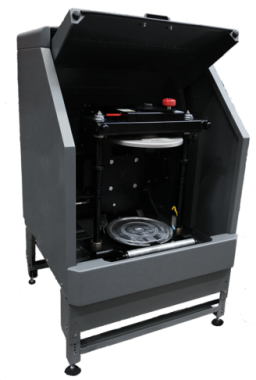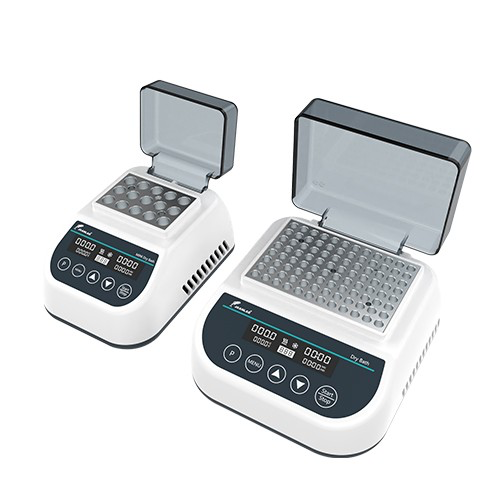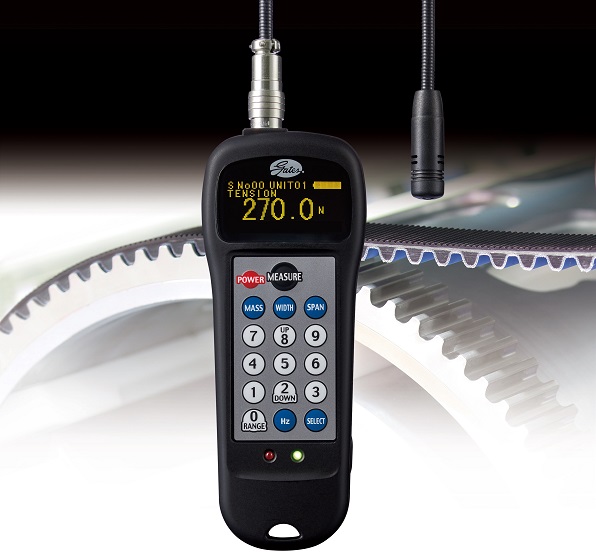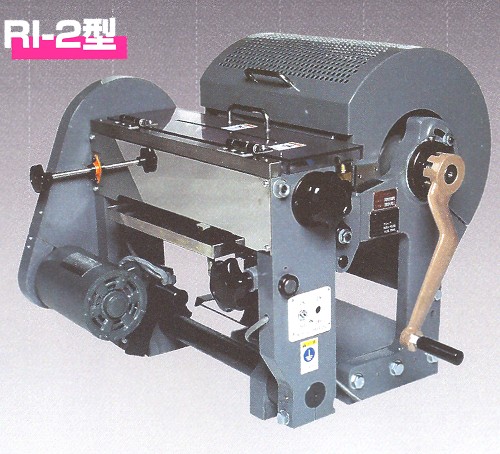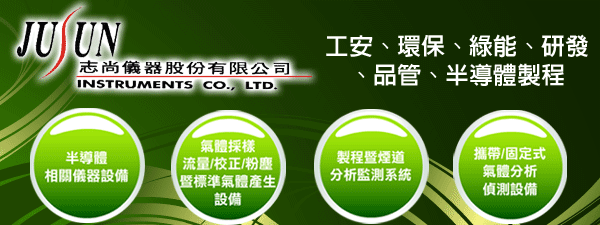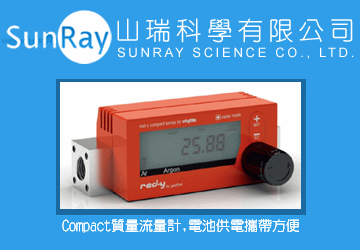TGA 熱重量分析儀器
TGA
熱重量分析儀器
Thermogravimetric Analysis
廠牌:ORTON/U.S.A.
供應商:建成科學儀器股份有限公司
聯絡電話:02-29103818
| 快速詢價 |
Thermal Gravimetric Analysis (TGA) is a simple analytical technique that measures the weight loss (or weight gain) of a material as a function of temperature. As materials are heated, they can loose weight from a simple process such as drying, or from chemical reactions that liberate gasses. Some materials can gain weight by reacting with the atmosphere in the testing environment. Since weight loss and gain are disruptive processes to the sample material or batch, knowledge of the magnitude and temperature range of those reactions are necessary in order to design adequate thermal ramps and holds during those critical reaction periods.
A. Characteristics or Properties Measured
Drying, structural water release, structural decomposition, carbonate decomposition, gas evolution, sulfur oxidation, fluoride oxidation, and re-hydration.
Examples of Applications
The test results are a graph of the TGA signal (actual weight loss or gain converted to percent weight loss) on the Y-axis plotted versus the sample temperature in °C on the X-axis. Sample graphs of enhanced standard outputs are shown below.
TGA - Principle of Operation
A sample of the test material is placed into a high alumina cup that is supported on, or suspended from an analytical balance located outside the furnace chamber. The balance is zeroed, and the sample cup is heated according to a predetermined thermal cycle. The balance sends the weight signal to the computer for storage, along with the sample temperature and the elapsed time. The TGA curve plots the TGA signal, converted to percent weight change on the Y-axis against the reference material temperature on the X-axis.
Orton manufactures two basic types of TGA instruments. One uses a standard pan balance in which the sample cup is supported by a ceramic post sitting on the balance pan (sketch below left), and the other uses a higher resolution balance that suspends the sample cup from overhead (sketch below right).
B. Standard TGA Instruments from Orton
Temperature Ranges
There are three temperature ranges and four types of furnaces for those ranges:
| Room Temperature to 1,200°C Kanthal wire wound heating element | |
| Room Temperature to 1,600°C Platinum alloy wire wound heating element Silicon Carbide heating element | |
| Room Temperature to 1,700°C Molybdenum Disilicide heating elements |
ype of Balance
There are four balances used in standard Orton systems. These balances have been selected based upon the combination of sample size and weight loss/gain that are typical for most ceramic material requirements.
| Model Number Series |
TG- 730 |
TG-740 |
TG-720-1000 |
TG-720-2000a |
TG-720-2000b |
| Sample Volume (cubic millimeters) |
150 |
150 |
150 |
150 |
150 |
| Sample Size (grams)* |
0.350 |
0.350 |
0.350 |
0.350 |
0.350 |
| Range of % Weight Change |
5 to 33% |
2 to 20% |
0 to 100% |
0 to 100% |
0 to 100% |
| Max. Weight Change (grams) |
0.116 |
0.070 |
0.350 |
0.350 |
0.350 |
| Min. Weight Change (grams) |
0.018 |
0.007 |
0.000 |
0.000 |
0.000 |
| Balance Capacity (grams) | 61 | 42 | 100 | 3.500 | 3.500 |
| Max. Balance Change Capacity (grams) | 10 | 0.150 | 0.750 | ||
| Balance Sensitivity (grams) | 0.0001000 | 0.0000100 | 0.0000010 | 0.0000001 | 0.0000001 |
| Balance Sensitivity (micro-grams) | 100.0 | 10.0 | 1.0 | 0.1 | 0.1 |
| % Sensitivy of Min. Sample Weight Change | 0.5714% | 0.1429% | 0.0000% | 0.0000% | 0.0000% |
| % Sensitivy of Max. Sample Weight Change | 0.0866% | 0.0143% | 0.0003% | 0.0000% | 0.0000% |
Orton has a large sample option for the TG-730 and TG 740 series balances. Instead of the 150 cubic millimeter sample cup, a 770 cubic millimeter cup is available. Other balances and TGA systems are available for TGA applications requiring even larger sample sizes, or special samples.
Heating Rates
Most ceramic samples are normally heated from ambient to the maximum temperature at 3°C per minute. Slow heating rates are preferred so that the weight change can occur over a narrower time span and temperature range. The resulting curve is steeper and the onset temperature is closer to the actual. Fast heating rates spread the weight change over a wider time span and temperature range, and generate less steep curves and shift the onset temperature above the actual. Orton control systems provide the ability to set various heat up rates according to the user's requirements.
Computer Analysis
All Orton TGA's are supplied with data acquisition and analysis software for the user's PC. The software displays the test progress on the monitor, stores the data and enables the user to perform analysis on the data.
Thermal Cycle
Most TGA tests are performed at a standard heating rate to the maximum temperature, then discontinued. The thermal cycle can be extended to include the cooling data. Other programmed cycles that contain multiple ramps and soaks, such as actual production drying or firing schedules, are available.
Atmospheres
For most ceramic materials, TGA tests are normally performed in ambient air. The TG-730 and TG-740 series TGA's are designed for ambient air or inert atmosphere operation. The TG-720 Series are used for other controlled atmospheres, including vacuums.





















